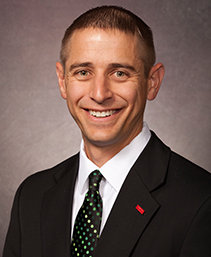

Additionally, while not necessarily true of ORG X, opportunities for career advancement in call centers are typically limited and motivation tends to be low with levels of ‘churn’ (the percentage of staff that need replacing) for call centers averaging around 31 percent, and as high as 51 percent among outsourced centers (Batt, Doellgast and Kwon, 2005). Timely retrieval of the pertinent knowledge is an issue for all call centers involved in problem-solving. Better (re)use of trouble-shooting knowledge could save time and result in improvements to the bottom line. According to their 2004 Annual Report, ORG X’s cost of services as a whole were in the order of $US1 billion per annum.

#Callcenter foundation iastate edu software#
The call center of ORG X received around 5,000 customer problem tickets per day globally, 1000 were emailed automatically from faulty equipment to the support center’s case tracking software and another 4,000 per day came from customers, taking on average 2 hours to solve. A better approach was needed, to allow both the accumulation of knowledge with guided trouble-shooting techniques, along with interfaces to all other relevant knowledge bases and data sources. It was no longer possible to expect a single expert to quickly find and resolve such issues. Trouble-shooting failures or reduced system performance on the client’s equipment was difficult and time consuming due to the complex environments involving multiple vendors, machines, software products and topologies, in an infinite number of combinations. In the period 2003-2006 we 1 have been working with the Sydney-based call center in a large multinational Information and Communication Technology (ICT) organization, which will be referred to as ORG X.


 0 kommentar(er)
0 kommentar(er)
